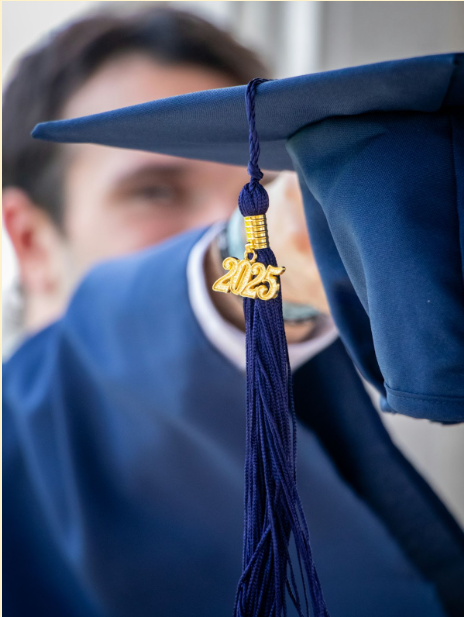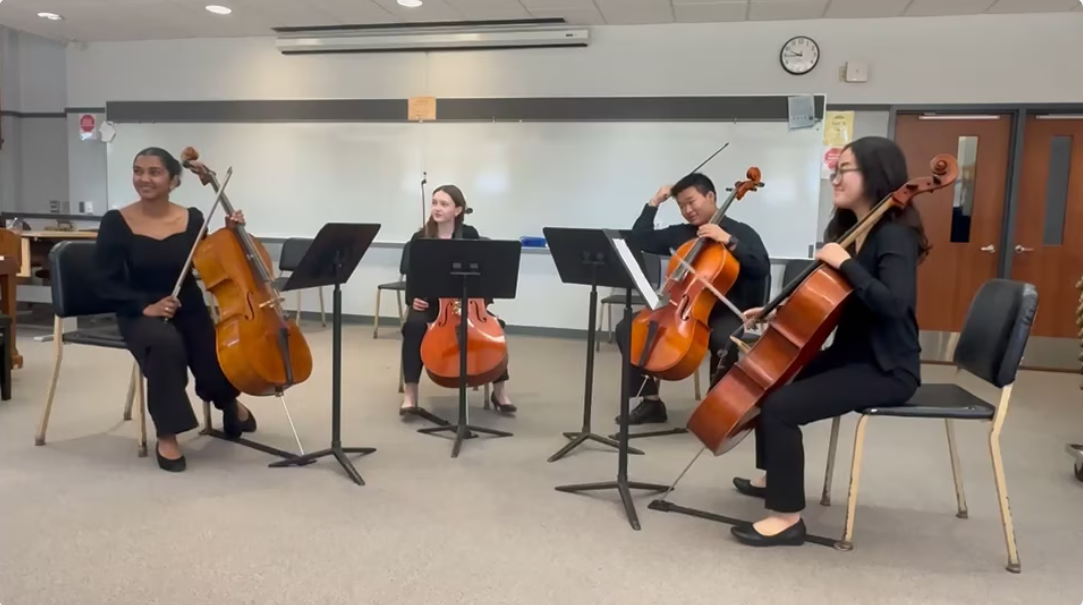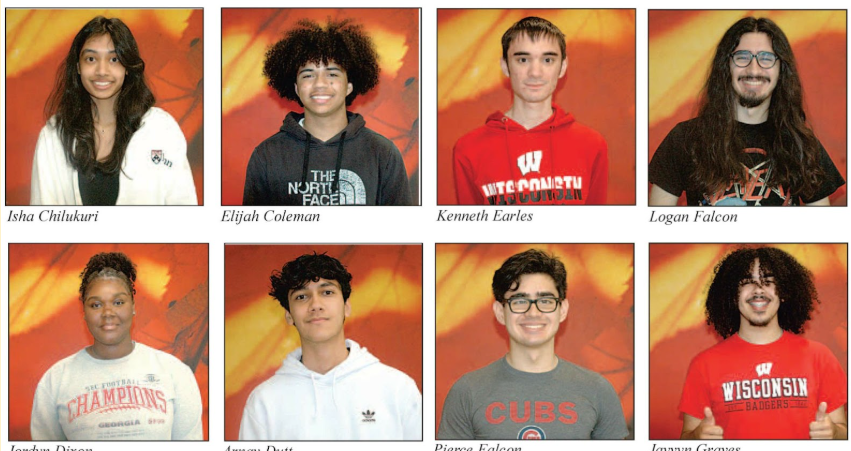Pinky Promise?
Pinky promise not to tell?
November 22, 2021
Do you remember when we would lock our pinkies together to seal our promises? I used to do that with my friends all the time. Someone would whisper a secret to me and then make me pinky promise to never tell anyone. I remember thinking they were fun to do, but also took them very seriously. I think it is an oddly important ritual to our society. Why did we make pinky promises? How did this weird children’s tradition come to be?
One link to the start of this tradition is a similar gesture from Japan. Yubikiri (指切り), meaning “finger cut-off,” is said to have started in the Japanese mafia, Yakuza. What happens when a promise is broken is pretty self-explanatory. Japan’s other, much less violent way of sealing promises is kissing the other person’s palm.
The “pinky promise” or “pinky swear” is thought to have been in the U.S. since around 1860 when it was recorded in “Bartlett’s Dictionary for Americanisms.” Though unknown how or when it was changed, the practice most likely came to U.S. through immigrants and films.
Other countries have their own versions of pinky promises as well. In Korea, children have added the pressing of thumbs to further “seal” the promise. Newlyweds in Japan and China tie a red thread around their pinky fingers which “signifies destiny and is tied in hopes of connecting the two together eternally.” Ireland has the “piggy promise,” according to “The Lore of the Playground: One Hundred Years of Children’s Games, Rhymes and Traditions,” and Thailand even has a mascot, Nong Kiaw Koy, that represents reconciliation.
Pinky promises are a fun tradition that should continue. They help children learn the value of trust as well as following through with commitments. This is a very important value for all kids to learn because it helps them develop their character. Next time you want to cement an agreement, think about using a pinky promise; you can compel the other person into keeping their side of the deal with the history you learned today.














